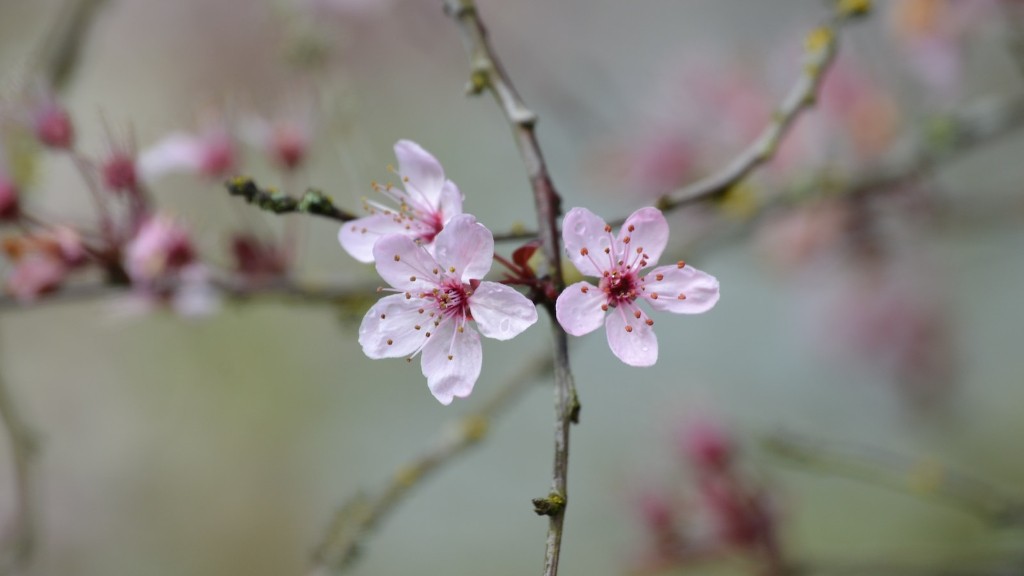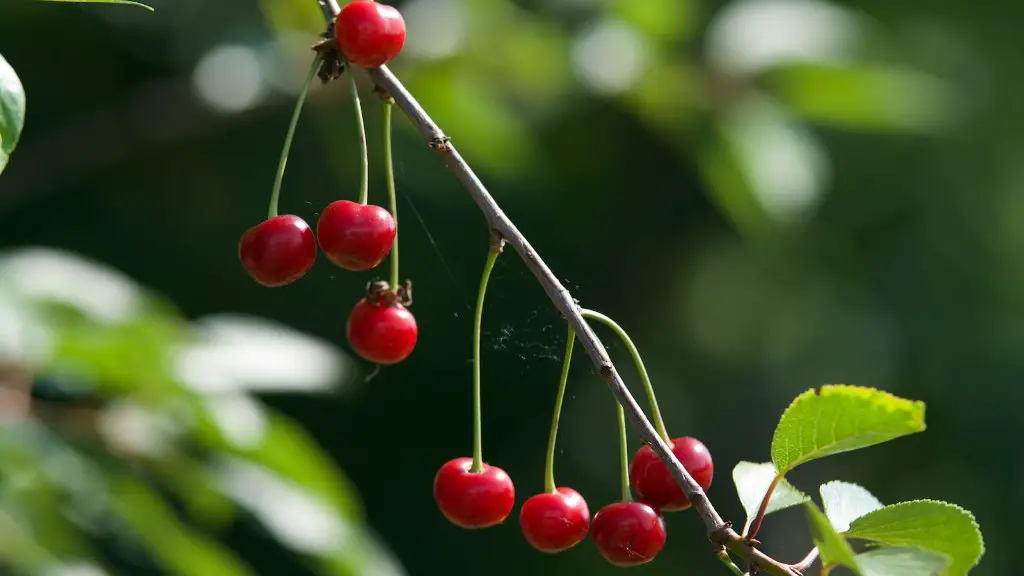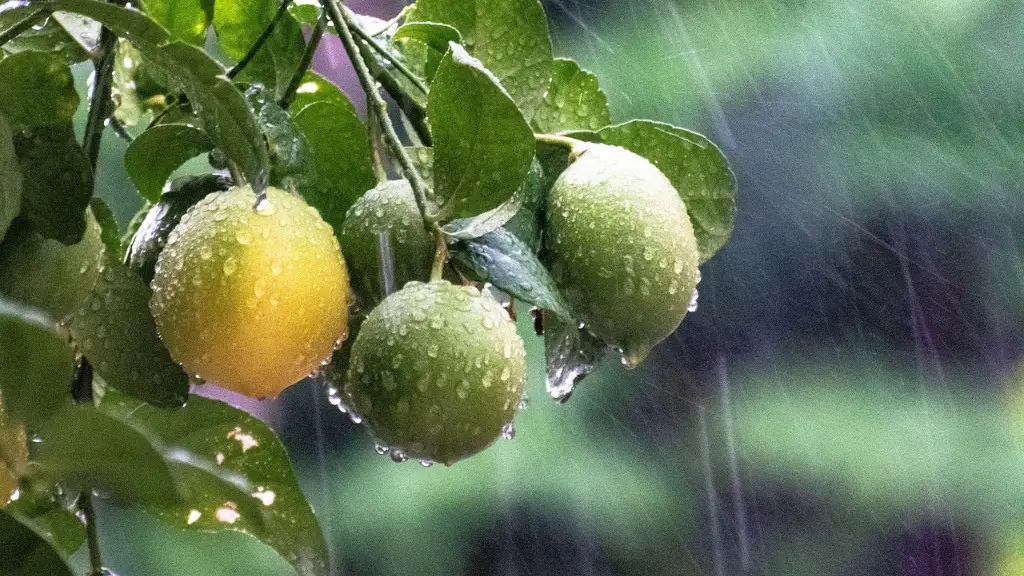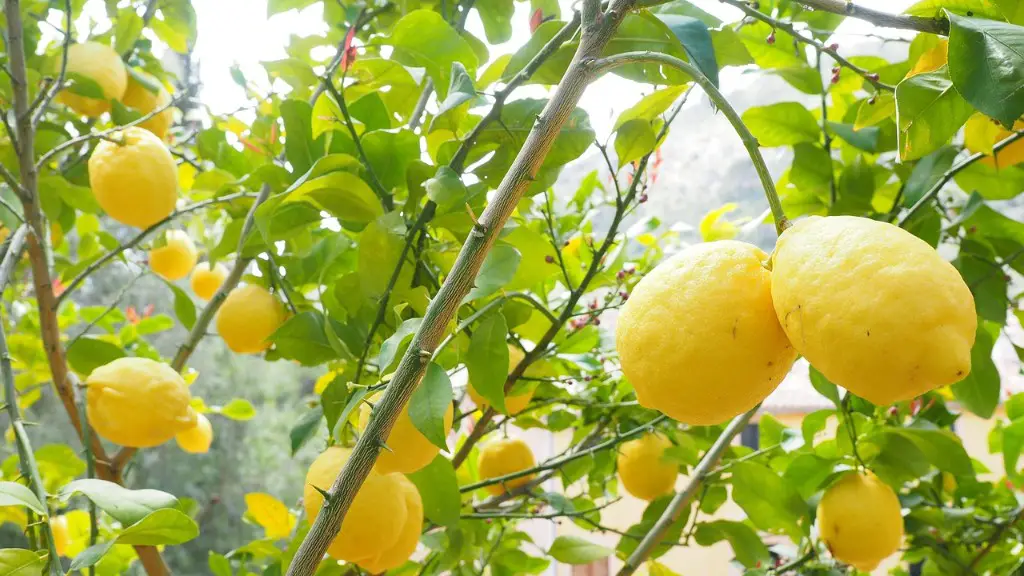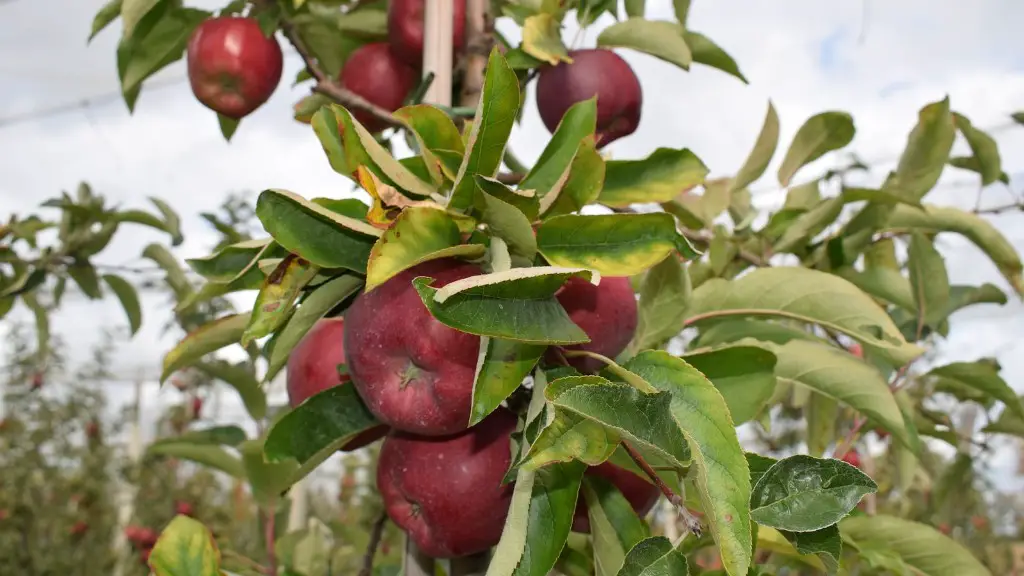Many home gardeners are interested in growing all kinds of fruits and cherries are no exception. Cherries are sweet, juicy and very healthy, so they are favored by many gardeners. The question is, what is the smallest cherry tree?
Answers to this question will vary depending on the type of cherry tree and its maturity. The smallest type of cherry tree is the dwarf cherry, which is typically less than four and a half metres tall when mature. Dwarf cherries are usually bred for their smaller size, and as such, they are a popular choice among gardeners who don’t have a lot of room. Dwarf cherries are a great choice for smaller spaces, as they take up less room than their larger counterparts.
In addition to dwarf cherries, there are also semi-dwarf and standard-size cherry trees, both of which are larger than dwarf cherries. Semi-dwarf cherry trees are usually around six and a half metres tall when mature, while standard-size cherry trees can reach heights of up to 10 and a half metres.
Growing Conditions
It is important to note that the size of a mature cherry tree is determined by its growing conditions. Dwarf cherries tend to reach the smaller size they are bred for if they are grown in the right environment. Soil quality and climate must be suitable in order for a dwarf cherry tree to stay small. The same can be said for semi-dwarf and standard-size cherry trees.
When it comes to choosing the optimal spot for your cherry tree, a sunny location with well-drained soil is best. Temperature is also important – cherries prefer cooler climates, so if you live in a warm region you may want to avoid planting a cherry tree. Similarly, cherries thrive in moist soil, so you may want to consider watering your cherry tree regularly if it is in an area that doesn’t receive a lot of natural rainfall.
When it comes to pruning, cherry trees benefit from occasional pruning to keep them healthy and manageable. Dwarf cherries don’t need as much pruning as their larger counterparts, as they are already smaller in size. Semi-dwarf and standard-size cherry trees, on the other hand, will require regular pruning in order to stay at their desired height.
Maintenance
The maintenance required for a cherry tree is dependent on its size and maturity. Dwarf cherry trees are typically smaller, which means they require less maintenance than their larger counterparts. They can still benefit from fertilizer, water, and occasional pruning, but these tasks will not be as involved as they would be for semi-dwarf and standard-size cherry trees.
Depending on the variety, some dwarf cherry trees can live between 20 to 40 years, while semi-dwarf and standard-size cherry trees can live up to 60 years or more. Since dwarf cherry trees live shorter lives than their larger counterparts, they should be monitored more frequently and require more maintenance in order to maintain a healthy lifespan.
Like all fruit trees, cherry trees will require pest control to protect them from insects, birds, and other pests. Insecticides, sprays, and nets are all useful tools for pest management. Sprays should be applied regularly, especially when fruit is beginning to ripen, in order to protect the cherries from being eaten by pests.
Harvesting
Cherries generally ripen in the spring and summer months, but the exact time will depend on the variety of cherry tree that you have. While dwarf cherry trees often ripen earlier than their larger counterparts, all types of cherry trees should be harvested when their fruit is ripe. The cherries should be firm and a deep red, and they should be ready to eat.
When harvesting cherries, it is important to be careful not to cause any damage to the tree or its branches. If handled improperly, branches can break, leaving the tree vulnerable to disease and pests. It is also important to use gloves when harvesting in order to avoid getting poked by the stem or branches.
Disease Management
Cherry trees can be susceptible to disease and pests. One of the most common diseases is an infection of the fruit called brown rot, which causes the cherries to shrivel and turn brown. Brown rot is caused by a fungus that can spread quickly, so it is important to remove any affected fruit from the tree and surrounding area as soon as possible. This will help prevent the disease from spreading.
Pruning can also be helpful in preventing disease and promoting healthier growth. Regularly removing any dead or diseased branches helps prevent the spread of disease and encourages healthier growth. A well-maintained cherry tree is less likely to suffer from diseases and pests, so it is important to keep your cherry tree properly maintained.
Nutritional Benefit
Cherries are a great source of several vitamins and minerals, including Vitamin C, Vitamin A, and Magnesium. They are high in antioxidants, which can help protect your body from free radical damage. They are also high in fiber, so they can help keep your digestion regular. As cherries are also low in calories and cholesterol-free, they can be a great addition to any healthy diet.
Cherries are also packed with flavor and are versatile enough to be used in sweet or savory dishes. They can be used in salads, smoothies, pies, desserts, and more. They can also be dried or frozen for later use. So, in addition to being healthy, cherries are also incredibly delicious.
Conclusion
As you can see, dwarf cherries are the smallest variety of cherry tree and can be a great addition to a garden if you don’t have a lot of space. They are relatively low maintenance and require regular pruning and pest control in order to maintain health and vigor. Additionally, cherries are tasty and nutritious, so they can be a great addition to any garden. With the right care and maintenance, a dwarf cherry tree will produce an abundance of sweet, juicy cherries to enjoy.
